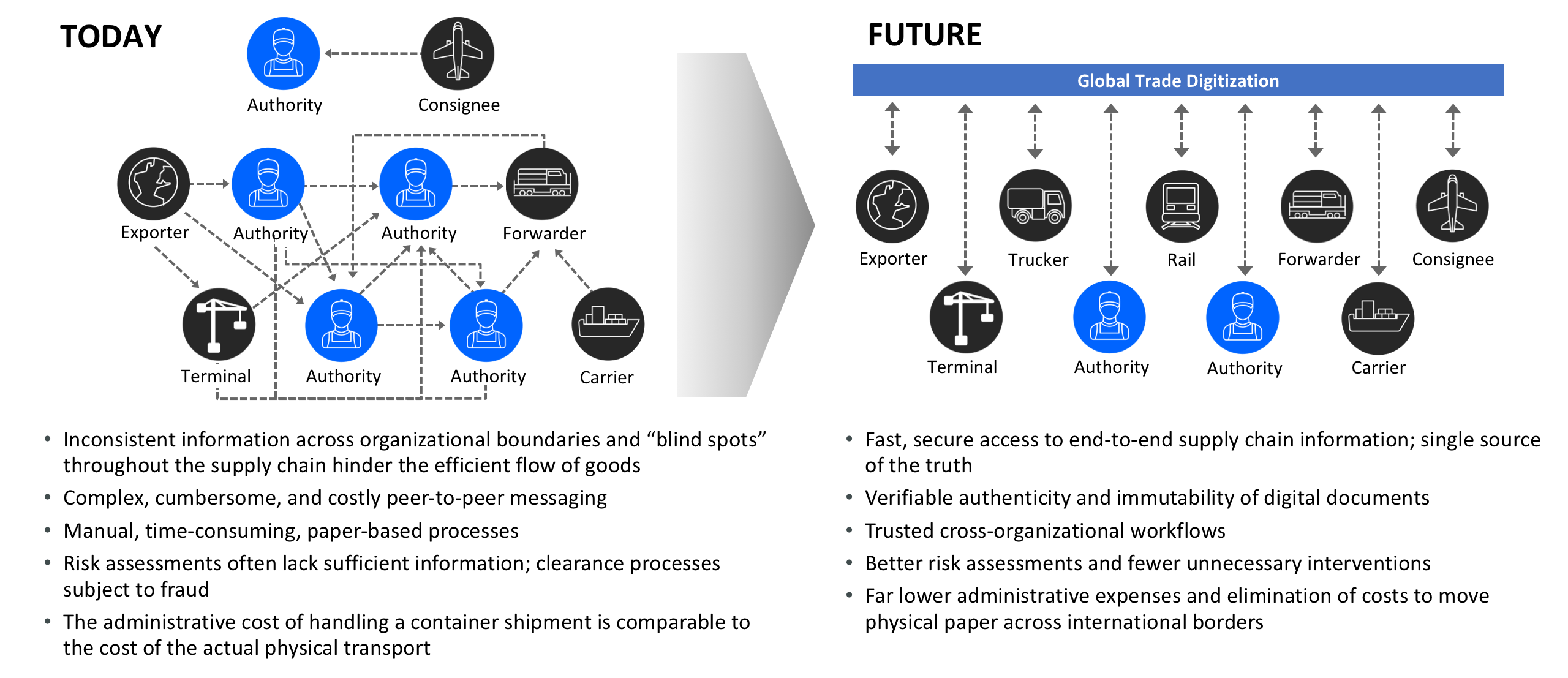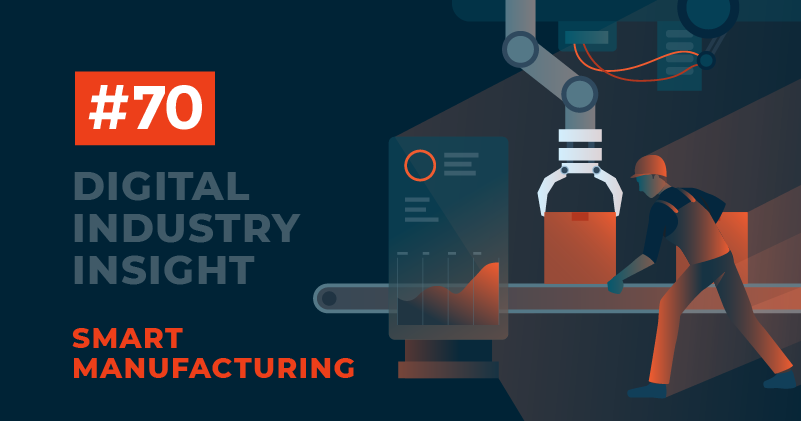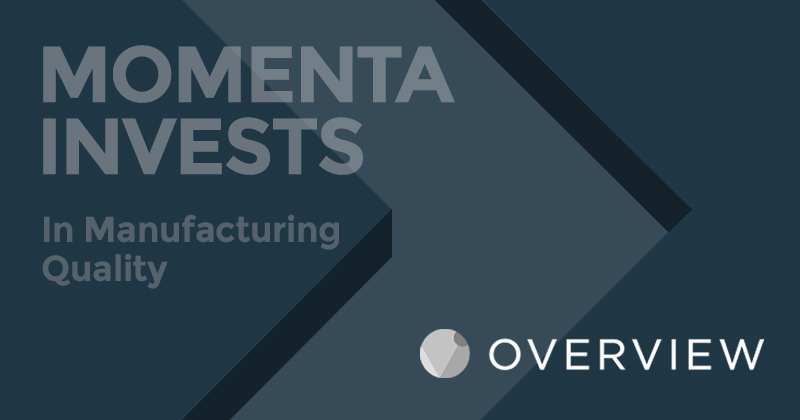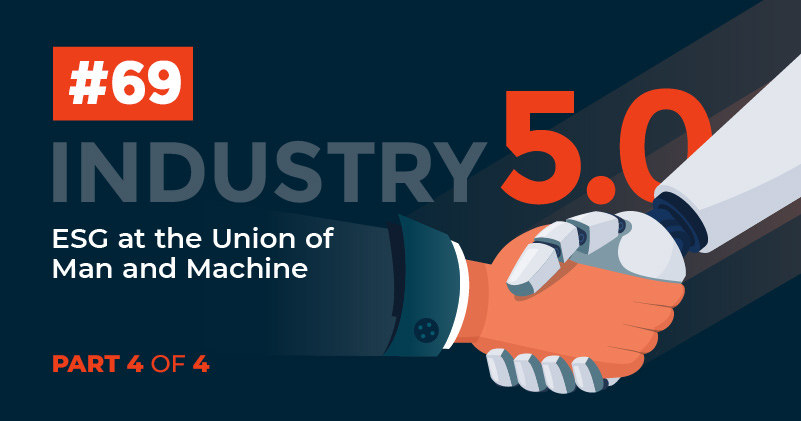Value Vector
Real Use Cases For Blockchain in Enterprise
Ed Maguire

We've witnessed the frenetic momentum around ICOs and heard the exclamation that blockchain technology is the most revolutionary technology since the creation of the Internet. As a technology, the potential of the blockchain reaches far beyond financial transactions to create changes in industries such as insurance, security, shipping and solar energy. The convergence of blockchain and the IoT is becoming increasingly relevant as companies look to solve problems such as security and data privacy and our ability to track and manage billions of connected devices as well as store the data they produce.
IDC claims that by 2019, 20% of all IoT deployments will have basic levels of blockchain services enabled. Currently, an abundance of startups and enterprise professionals are looking at the blockchain as a means to streamline processes and save money. Over the last couple of years we've seen concepts become pilot studies and slowly moving into real business cases in enterprise (though perhaps slower than some expect). It will still take a few years for their true value to become apparent, and not all will succeed. This article takes a look at three different overriding focus areas of blockchain technologies and their use cases.
Shipping, freight and logistics
The problem:
In shipping, over 30 percent of the cost of each freight is spent on paperwork between shippers, receivers, distribution centers, rail, truck, sea and air carriers, insurancers, financiers and regulators. Documentation is intricate, often required in triplicate and easily lost, resulting in even more costly delays.
The solution
The use of blockchain technology, such as smart contracts, ensures that documentation is clear between parties and cannot be altered and removed without consent.

Use case
A few weeks ago, seventeen tons of almonds were successfully shipped and tracked from Australia to Germany in a blockchain-based collaboration between Australia's Commonwealth Bank and five Australian and international supply chain leaders. They utilized a new blockchain platform underpinned by distributed ledger technology, smart contracts, and IoT to facilitate the trade experiment, tracking the shipment from packer to end delivery in parallel to existing processes.
The platform digitizes three key areas of global trade by housing the container information, completion of tasks, and shipping documents on a purpose-built blockchain.
- Operations
- Documentation
- Finance
Partners were able to view and track the location of the shipment as well as view the conditions such as temperature and humidity inside the container via four IoT devices. This level of data provided partners in the supply chain with a greater level of transparency and efficiency regarding the location, condition, and authentication of the goods being transported.
At the documentation layer, the blockchain-enabled supply chain allows partners to upload and access key documents, such as the bill of lading, certificates of origin, and other documents required by customs, which streamlined these processes.
The problem:
It's been a particularly bad year for food poisoning and contamination, from 5 dead and over 200 sick due to an E. Coli outbreak in romaine lettuce in California, to needles being placed in strawberries in Australia (and now New Zealand). A critical way to address the problem is through the ability to track products from farm to store and ultimately consumers. It's estimated that every year, one-in-ten people fall ill — and 400,000 die — from contaminated food.
The solution:
After several years of tests, Walmart is ready to mandate the use of blockchain technology by a swath of its U.S. suppliers, marking it as one of its biggest commercial uses. Starting in September 2019, Walmart and its Sam’s Club division will require suppliers of fresh, leafy greens to implement real-time, end-to-end traceability of products back to the farm using a digital ledger developed by IBM. The world’s largest retailer plans similar mandates for other fresh fruit and vegetable providers within the next year.
Food authentication and supply chain tracking is a critical step to quickly finding and helping address sources of contamination around the world. With blockchain, food products can be digitally tracked from an ecosystem of suppliers to store shelves and ultimately to consumers. When applied to the food supply chain, digital product information, such as farm origination details, batch numbers, factory and processing data, expiration dates, storage temperatures, and shipping details are digitally connected to food items and the information is entered into the blockchain along every step of the process.
Each piece of information provides critical data points that could potentially reveal food safety issues with the product. The information captured in each transaction is agreed upon by all members of the business network; once there is a consensus, it becomes a permanent record that can’t be altered. This helps assure that all information about the item is accurate.
In short, blockchain food tracking is predicted to ensure:
- Provenance: stronger assurance of origin and chain‐of‐custody
- Recalls: faster and more precise recalls
- Freshness: fresher produce and meat, reduce waste and spoilage
- Safety: fewer contamination incidents
Cybersecurity
The problem:
All industries are vulnerable to an increasing number of cyber attacks, with 20% of organizations having experienced at least one recent IoT attack. Healthcare records are routinely hacked to be sold on the dark web, whilst in manufacturing, 86% of attacks in manufacturing are targeted. Almost half (47%) of their breaches involve theft of intellectual property to gain a competitive advantage, with trade secrets the most common data type breached in manufacturing companies.
The solution: Wide and varied
Blockchain technology is being used in a variety of different ways in different verticals to address the problems of cybersecurity. To secure Electronic Health Records, IRYO is utilizing zero-knowledge data storage with public and private keys to ensure that patients have constant access to their health data and can choose who may access it through owning their own personal keys.
In the first application of its kind targeting IIoT security, Xage utilizes blockchain technology. By enforcing immutable records, distributing and sharing security data across the nodes in its network, blockchain is tamper-proof, redundant, and self-healing. This means that Xage acts as the inverse of centralized security models, so the security fabric eliminates single points of security failure and actually becomes stronger with each additional node, rather than more vulnerable to attack.
Xage’s blockchain-protected Fabric provides tamper-proofing for passwords and enrollment, and policies required to run continuous edge operations. Xage Systemic Tamperproofing uses device and industrial control system (ICS) fingerprints stored in the Fabric to protect edge processes end-to-end and prevent device and ICS compromise. If a device or controller is compromised, it will be isolated to prevent the contagion from spreading.

Use cases:
Xage is currently deployed with a number of customers across industries including energy, utilities, manufacturing, and transportation. Customers include ABB, Itron, Dell, IBM and NTT Communications.
The creation of new economies and data monetization
The problem: It's not exactly a problem, but thanks to IoT, we're moving into a 'Machine Economy' where devices will trade everything from storage, computation/analytics to electricity and sensor data. A suite of platforms, marketplaces, and trading spaces are emerging with the aim to enable companies and consumers to sell or exchange data.
Your automobile will soon be producing data about congestion, road quality, and mechanical feedback. If you choose, this can all be sold to highways agencies, fellow drivers, parts manufacturers and smart city operators who can use it to make automated road repairs, schedule maintenance and redirect traffic in real-time.
In turn, your car will need data to operate in a smart city. Each day your vehicle will want to steer clear of traffic, find the best electricity prices at the closest charging stations, avoid potholes, and glean information from the hundreds of IoT sensors it will pass. How do you trade this data so that you, the consumer benefits? How do buyers know the data is genuine and how do you control who you share it with (your closest competitor might not be ideal).
The solution

Streamr provides a single interface for real-time data delivery and payment, using a cryptographic token, $DATA. So, if you choose, your car can sell the information it produces and buy back the information it needs. And it all happens automatically.
Use case:
Streamr has created a simple, easy to use marketplace to facilitate data trading with data including location intelligence, weather data, biometrics from wearable tech, and connected cars. The intention is that machines can autonomously sell their data, get paid, and purchase the data they require. A global market for real-time data emerges, with built-in data provenance, encryption, and access control.
This article aims to offer a variety of blockchain technology use cases pertinent to IoT. It would be easier to come up with more but most are firmly in the pilot stage rather than generating commercial applications or any kind of profit.
The real value is evolving
Its easy to envision blockchain technologies tacked onto all kinds of businesses and industries, not unlike the company last year that added blockchain to its name and saw its shares rise by 394 percent- but it takes critical consideration to get to the real value of many use cases, assuming you have the time and inclination to wade through long white papers and the at times impenetrable terminology. Regardless, the reality is that blockchain is solving some complex problems and is not going away anytime soon. While its to-market speed is slow and cautious, the technology is constantly evolving. The challenge is real as some companies pivot from their original intentions. Others will struggle to find a real business case or industries willing to change from their current practices.
Want more insights into Blockchain Technologies?
- Podcast #19: How Blockchain Can Support the Global Supply Chain - A Conversation With Sloan Brakefield and Jon Fox
- Value Vector: The Convergence of Blockchain Technology and IoT is Ripe for Enterprise Solutions (Part 1)
- Value Vector: Will Blockchain Technology Save the Internet of Things from itself? (Part 2)
- Webinar #5 - Blockchain and Connected Industry: Applications and Implications
![]()



